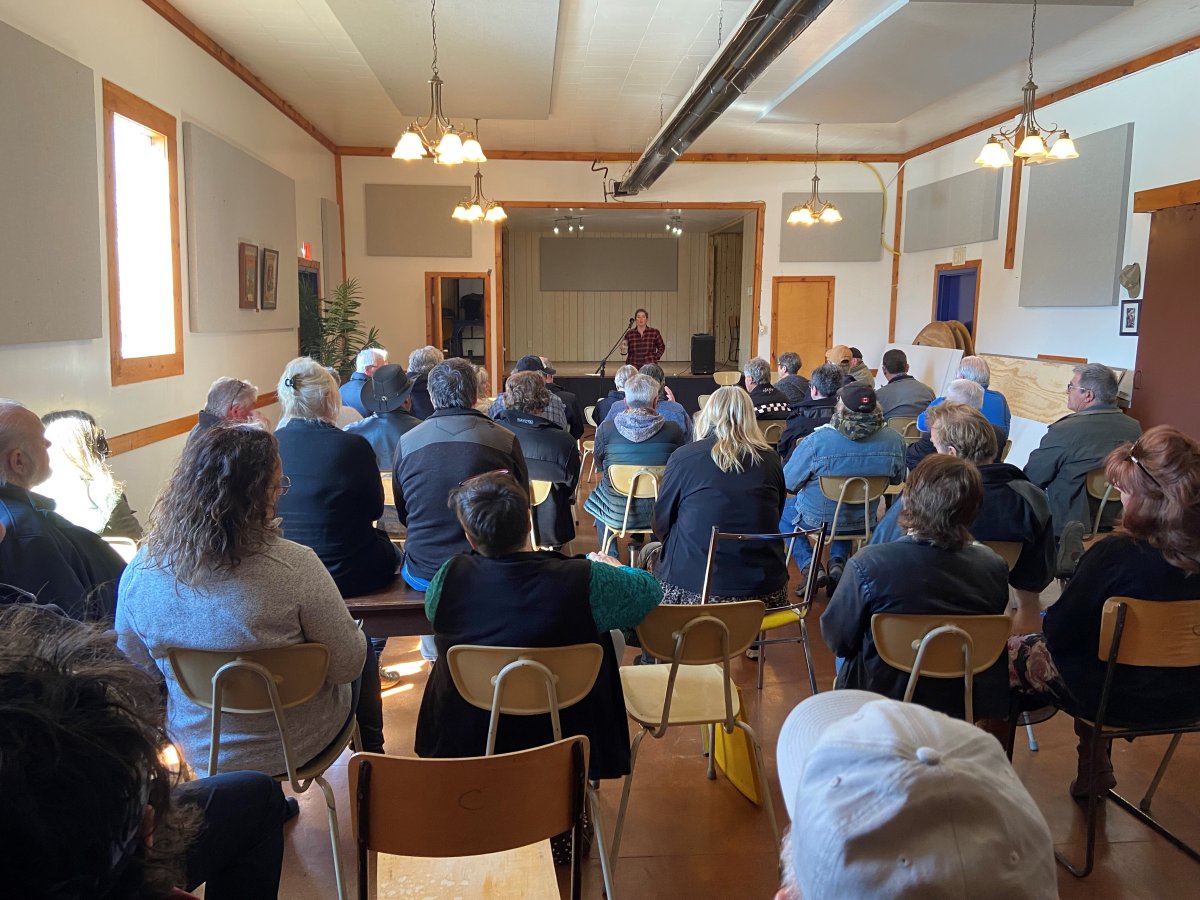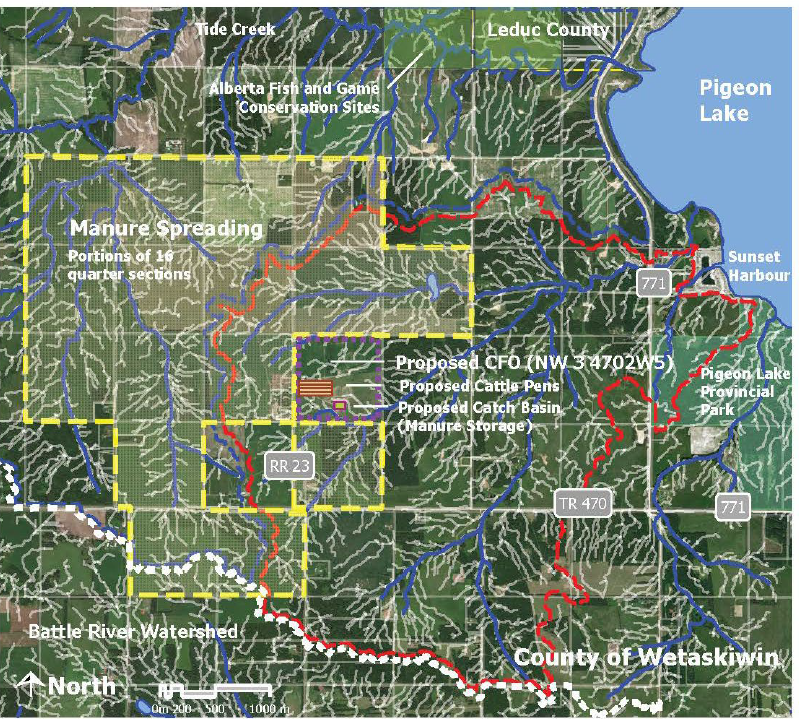
Hollywood, foreign film productions reach record high in Canada in COVID's first year
OTTAWA — When the pandemic first hit, the world shouted "cut." Cameras stopped rolling, film sets went black and stars with seven-figure salaries were sent back to their hotel rooms.
But a report by the Canadian Media Producers Association on the state of Canada's film industry in the first year of COVID-19 shows it did not take long for shooting to resume.
Hollywood studios, and other filmmakers from abroad, were not greatly deterred by stringent health and safety measures from making movies in Canada, the financial report makes clear.
They made a record volume of productions here between March 2020 and April 2021 worth $5.27 billion.
Canada's homegrown film and TV industry also remained afloat, with some government underpinning, though it saw a dip in production of 12 per cent.
Overall, production in Canada dipped by only five per cent in the first year of the pandemic.
TV pilots were COVID-19's biggest casualties, largely grinding to a halt.
“Canada’s independent producers demonstrated incredible resilience and the ability to adapt to new realities in the face of a global pandemic, all while continuing to create content that reflects the people and places that make up this country,” said Reynolds Mastin, president and CEO of the Canadian Media Producers Association.
When the pandemic first struck, the prognosis for Canada's film industry looked grim. Insurers, spooked by the prospect of the virus on set, suddenly pulled the plug on productions and withdrew their backing.
The big Hollywood studios had the financial might to continue or could self-insure. But smaller independent Canadian studios had to put the covers on their cameras.
It was not until the government stepped into the gap and agreed to underwrite productions that they started rolling again.
Ottawa agreed to foot the bill if filming was interrupted due to a case of COVID-19 on set through a $50 million short-term compensation fund for Canadian audiovisual productions.
In last week's budget, it extended the film compensation fund by $150 million until next year.
The report shows that Canada remained a favourite location for Hollywood and other foreign studios in the first year of the pandemic.
The Hollywood and foreign film industry was the only sector to see an increase in Canadian production, creating thousands of jobs, not just for actors and crew but thousands of associated roles in production and post-production.
But despite the huge injection into the economy, Canadians owned the copyright of only five to 10 per cent of these productions, meaning they would not cash in if the movie became a hit.
Mastin said it is time that Canada's creative talent is properly rewarded for its hard work.
He also wants small independent Canadian production companies to have more bargaining power when selling their TV shows and films to the big streaming services such as Netflix, Amazon Prime and Disney+.
He contends there is a huge imbalance between the number of Canadian production companies making movies and shows and the places they can sell them.
This means that often Canadian filmmakers have to sell all the rights to their work just to get their productions made.
And if a movie or show turns out to be a hit, and is sold all over the world, the Canadian production company won't get a slice of the profits.
There are over 500 independent Canadian TV producers in Canada but fewer than a dozen major potential buyers, according to a broadcasting and telecommunications legislative review panel report.
"The streaming services are very powerful gatekeepers because they are huge relative to independent producers in Canada," Mastin said.
He wants the government to use an online streaming bill, now going through Parliament, as a vehicle to give small Canadian production companies more bargaining power, and a greater share in the success of the films and TV shows they make.
Bill C-11 would subject streaming companies to the same rules as traditional Canadian broadcasters, such as offering a set amount of Canadian content and investing heavily in Canada's cultural industries, including film, television and music.
Small production companies can take years just developing a script and getting a production off the ground, said Mastin. But often they have to turn over not just the rights but creative control to the big streaming platforms.
Mastin said the online streaming bill offers Canada the opportunity to do what the U.K. has already done, by making it a legal requirement that independent production companies get "a more equitable share" of success and a slice of future profits from the shows they create.
"A producer will spend years developing a show and all that investment in blood, sweat and tears," Mastin said. "What we are saying is that when a show is a success on one of these platforms, they should be sharing in the success because it is their show."
This report by The Canadian Press was first published April 12, 2022.
Marie Woolf, The Canadian Press
















